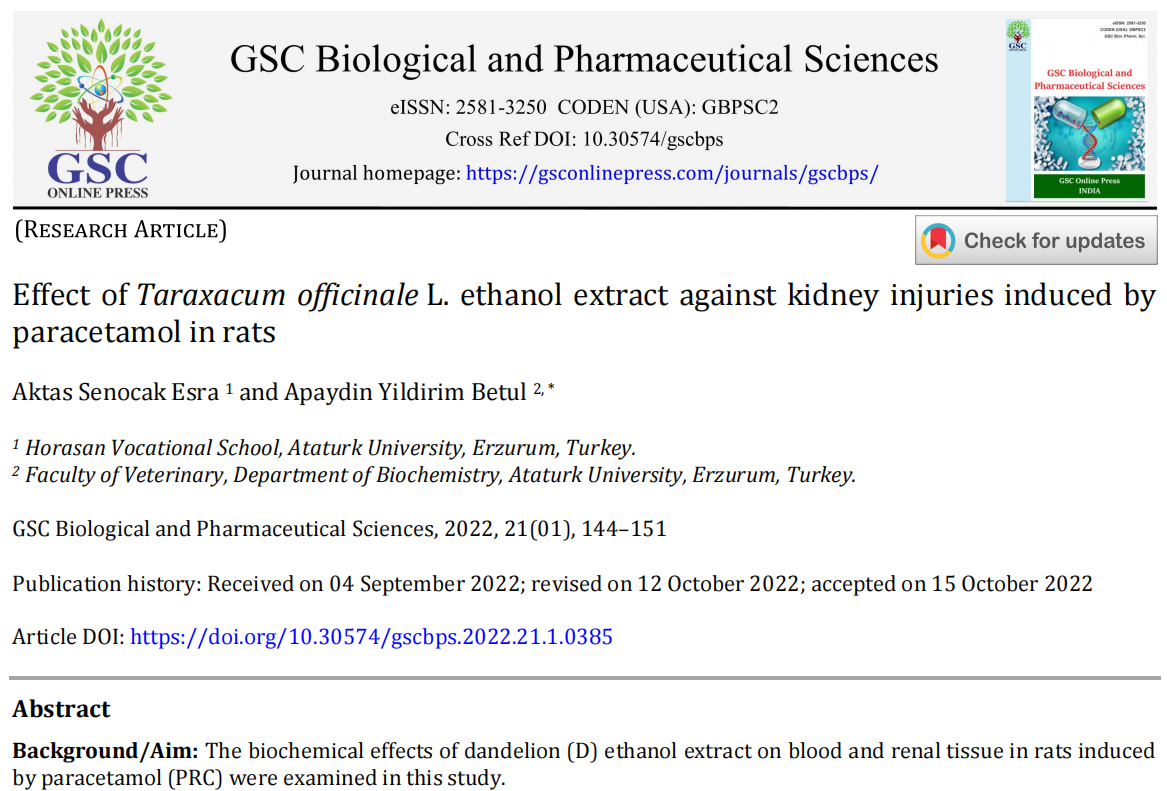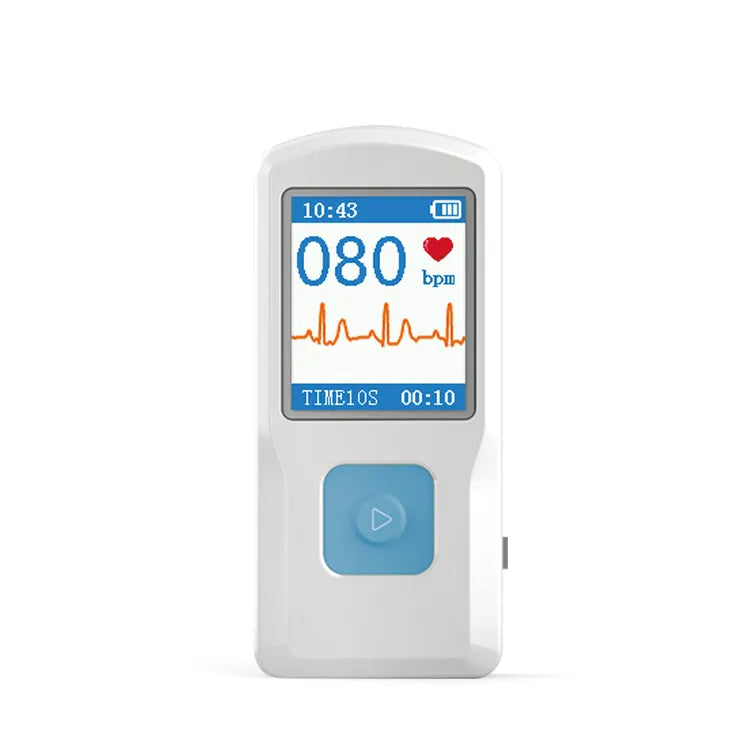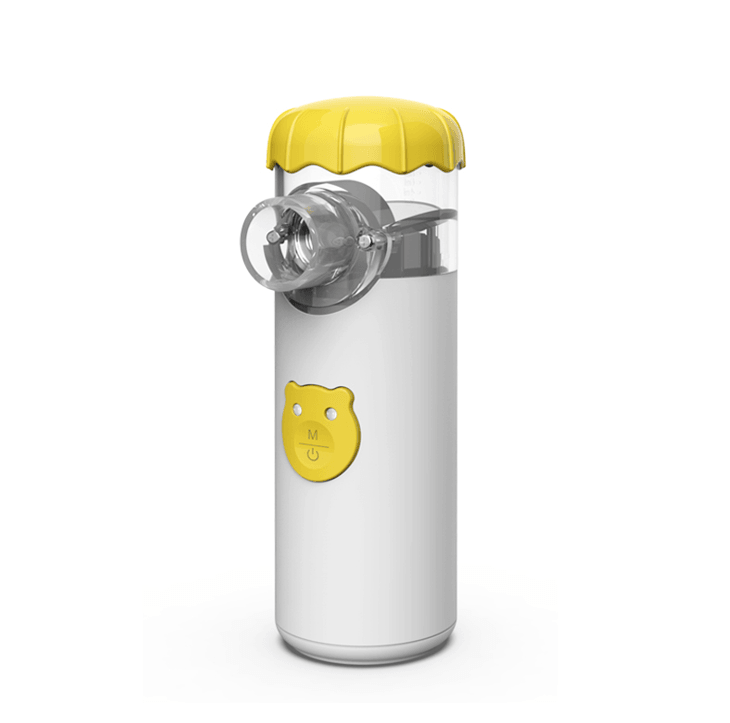Dr. Betul Uses MedAsia Kidney Function Machine

Coincidentally, we were contacted by esteemed professors hailing from Horasan Vocational School, Atatürk University, Erzurum, Turkey, as well as the Faculty of Veterinary, Department of Biochemistry, Atatürk University, Erzurum, Turkey. Their keen interest is centered around our kidney function meter, as they seek to conduct a comprehensive test utilizing this innovative technology.
This forthcoming assessment holds the objective of elucidating the biochemical effects of dandelion (D) ethanol extract on both blood and renal tissue in rats that have been induced with paracetamol (PRC). Through this study, a deeper understanding of the intricate interactions at play will be gained, opening doors to advancements in our understanding of these biochemical processes.We are willing to provide in-store kidney function meters to support this experimental activity. Finally, We sent the kidney function meter to Dr.Betul On November 16, 2021.

Upon receiving the equipment, Dr. Betul took charge of conducting the experiment. The study involved 36 Sprague Dawley male rats, all aged 5 months.The rats used for the study were provided by the Medical Experimental Research and Application Center of Ataturk University. The rats were divided into 6 groups, each consisting of 6 rats, using a random allocation method. These groups were denoted as Control group (C), D200 group, D250 group, PRC group, PRC+D200 group, and PRC+D250 group.
The animals in paracetamol given groups were fasted for 24 hours. 1 hour after the extract is administered, 2 g/kg p.o. PRC was given.
Control Group (C): 5% DMSO (i.p),
D200 Group: 200 mg/kg/day/i.p. dandelion extract,
D250 Group: 250 mg/kg/day/i.p. dandelion extract,
PRC Group: 2 g/kg/p.o. paracetamol,
PRC + D200 Group: 2 g/kg/p.o. Paracetamol + 200 mg/kg/day/i.p dandelion extract,
PRC + D250 Group: 2 g/kg/p.o. Paracetamol + 250 mg/kg/day/i.p dandelion extract was applied for 8 days.
Animals were decapitated under sevoflurane (Sevorane liquid 100%, Abbott Laboratories, Istanbul, Turkey) anesthesia, and blood and kidney tissue samples were collected rapidly. Biochemical analysis were done in blood and kidney tissues.

Employing Medasia's (Hangzhou Medasia Healthcare, China) kidney function analysis meter, Dr. Betul conducted meticulous experiments by collecting samples from rats. This advanced meter facilitated comprehensive testing of urea, uric acid, and creatinine levels.
By taking different doses of rats' samples, Dr. Betul draw a conclusion that PRC raised plasma levels of urea, uric acid, and Cre, as well as malondialdehyde, nitrate, and nitrite in kidney tissue. Furthermore, Na and K levels and antioxidant levels/activities (SOD, CAT, GPx activities and GSH levels) in renal tissue were reduced in PRC group. Dandelion reduced plasma levels of urea, uric acid, and creatinine, as well as lipid peroxidation, nitrat, and nitrit in kidney tissue, while simultaneously increasing antioxidant activities, Na and K levels.
Photos provided by Dr. Betul
Table 1 Urea, uric acid, Cre, Na and K levels of the control and experimental groups

Table 2 The effects of dandelion extract on kidney tissues biochemical parameters

Through a comprehensive analysis of varied dosages in rat samples, Dr. Betul arrived at a significant conclusion. Her research revealed that PRC (the specific compound) led to elevated plasma concentrations of urea, uric acid, and creatinine, alongside heightened levels of malondialdehyde, nitrate, and nitrite within the kidney tissue. Notably, in the PRC group, there were observable reductions in sodium and potassium levels, as well as diminished antioxidant levels and activities (including SOD, CAT, GPx activities, and GSH levels) within the renal tissue.
On the other hand, The experiment was done using a renal function meter from Medasia proved that the application of dandelion extract yielded remarkable results. The extract effectively lowered plasma levels of urea, uric acid, and creatinine, while concurrently mitigating lipid peroxidation and the levels of nitrate and nitrite within the kidney tissue. Dr. Betul expressed great satisfaction and approval of our renal function meter after the experiment. He said thanks for our support that makes his academic studies went very well.

Please refer to this paper for the specific data of the experiment:
For a deeper understanding of this product, we encourage you to explore this article:
New Tools to Detect Kidney Disease Outside the Hospital
If you want our team to customize a new homecare product, with aesthetics and ergonomics design, please contact insights@medasiagroup.com
WE RECOMMEND
Related posts
- Subscribe MedInsights
- Subscribe MedInsights
- Subscribe MedInsights
- Subscribe MedInsights
- Subscribe MedInsights














